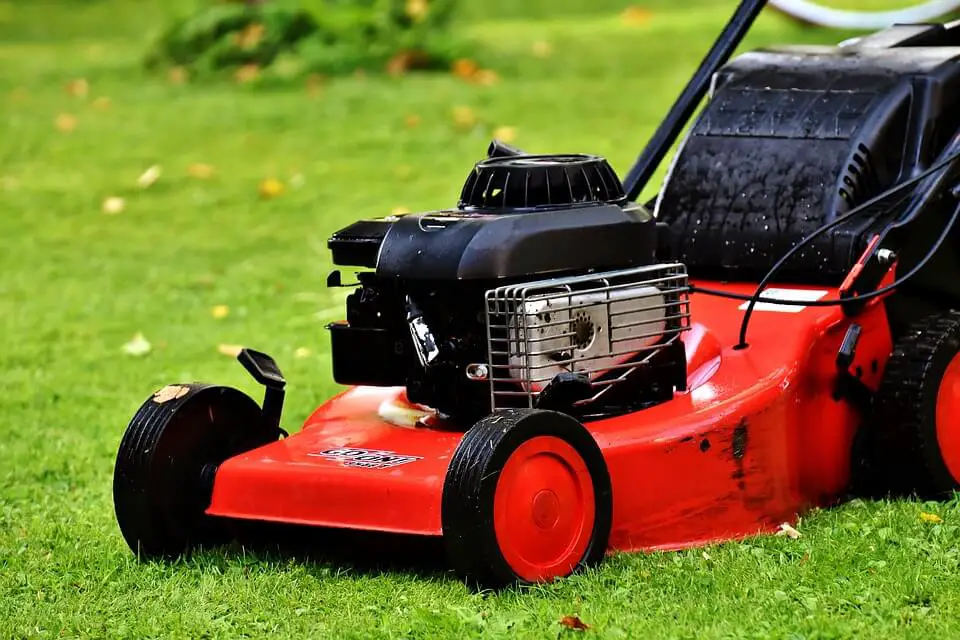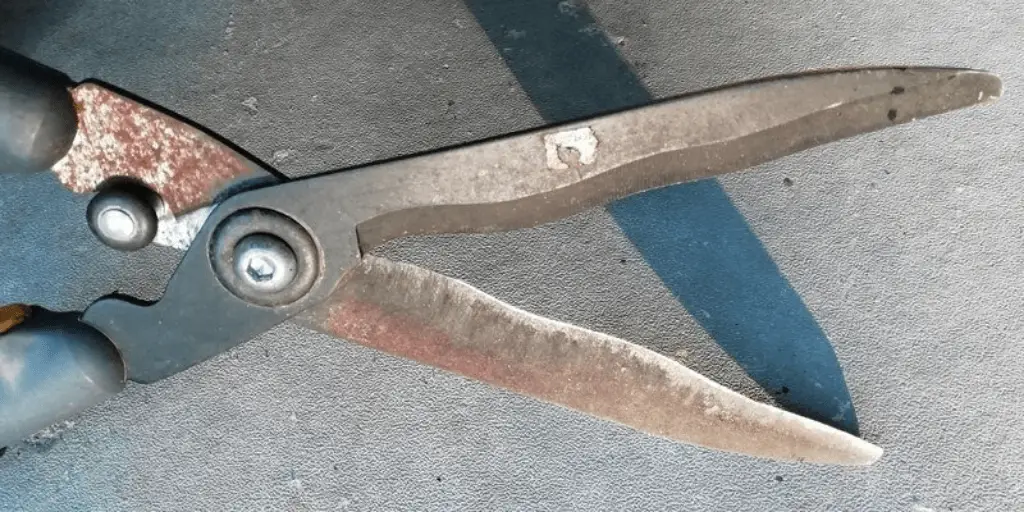How To Mow A Lawn With A Riding Mower
Last Updated on March 16, 2025 by Duncan
A riding mower is one where you operate it while you are seated. The machines resemble small tractors, but they are larger than push mowers.
You should go for a riding lawn mower if you have a large lawn. If you are looking for information on how to mow a lawn with a riding mower, you are in the right place.
How to mow a lawn with a riding mower
For you to mow the lawn properly using the riding mower, you need to do several things. Some of these things include:
Prepare the mowing machine
The first thing you should do is to prepare the mowing machine for the task ahead. If you are using a petrol-powered machine, you need to fill it up with gas.
If you have an electric riding mower, you should connect it to a power source so that you have enough energy for the work.
If you haven’t used the machine lately, you need to oil it up. You should oil or grease the chain sets and blades.
Choose the right settings
Once you have prepared your machine for mowing, the next thing you should do is to set it for mowing. Your settings should be informed by the condition of your lawn.
If the grass is tall, you should set the mower high and vice versa.
When you are mowing, you should have the goal of cutting one-third of the length of the grass. When you do this, you will allow the clippings to decompose, returning the nutrients into the soil.
Avoiding close mowing of the grass comes with plenty of benefits that include:
- Prevents damage to the crown which would hinder the growth of the grass and depletion of nutrients
- Increases the vulnerability of the grass to pests and diseases
- Reduces the risk of soil compaction
- Reduces the chances of sunlight reaching the weed seeds and damaging them. This ensures that the grass seeds always germinate, adding more character to your lawn.
If your lawn is out of control, you should mow at a higher level. Once you are done, lower the mower blades and mow again a few days later.
Protect the blades
The mower blades have a significant impact not only on how fast you mow, but also on the results that you get. When you are mowing, you should protect the blades from getting damaged.
This calls for you to avoid mowing around stones. You also should avoid mowing across a hill. If you have to, you should mow using a walk-behind mower.
When mowing on a hill, mow up and down—never across as you will damage the blades.
You should avoid making sharp turns when mowing. One of the ways of making it possible is turning the lawnmower on the driveway, instead of on the lawn.
Lawn mowing tips
When you are lawn mowing, you need to consider several tips. Some of these tips include:
Never cut more than one-third of the glass at any time
This is to prevent the sun rays from reaching the grassroots, thus putting your lawn at the risk of drying up.
Wear protective gear
The lawnmower is usually noisy; therefore, you should have the right hearing protection for lawn mowing all the time. The cool thing is that there are many of these units in the market that you can buy.
Overlap when mowing
For you to ensure that you don’t leave any grass uncut and you have a neat cutting, you should ensure that every run-up with the lawnmower slightly overlaps the previous one.
For you to have an easy time doing it, you should put a mark on each side of the lawnmower to serve as an overlap marker.
If your lawnmower has four wheels, you should overlap each run. This is to ensure that the wheels don’t go to the same place every time you mow.
You should note that repeated grass cutting in the same track results in ruts and tramlines.
Keep the lawnmower blades sharp
The quality of the lawnmower blades has a significant impact on the outcome of your mowing; therefore, you should always ensure that they are sharpened at all time.
When you sharpen the blades, you have an easy time as you don’t need to make multiple passes.
Sharpening the blades is easy, as all you need to do is to follow these tips given here.
Mow at the right time
For you to have an easy time mowing and also ensure that you get the best results, you should do it at the right time. The best time to do it is when it’s cool outside. This is usually in the morning and evening.
By mowing when it’s cool you prevent the moisture in the roots from evaporating. This has also been shown to reduce the chances of your grass suffering from heat exhaustion.
If you can, you should mow the lawn in the evening. This is because the grass will have up to 12 hours of darkness to heal before the sun comes up.
You should never mow in the heat of the day, which can cause damage to the grass. You also should avoid mowing when the grass is wet, which can damage the lawnmower, leaving unsightly clumps.
Ensure that the fuel is enough
There is nothing as irritating as the lawnmower grinding into a halt in the middle of the mowing session. To avoid this, you should top up the tank before you begin your work.
Topping up also prevents you from refueling a hot lawnmower which, as you know, is dangerous.
Inspect the lawn before mowing
It’s common for the lawn to be littered with stones, sticks, and other materials. when you are mowing, these materials can get caught by the mowing blades, thus dulling them. In some cases, they can damage the lawnmower.
For you to avoid this from happening, you should inspect the lawn before you start your work. You should go around it and remove any material that can cause harm to your lawnmower.
Mow in patterns
When you are mowing, you should never mow in one pattern—you should do it a variety of patterns. When you do it, you not only give your lawn a new, exciting look every time you mow, you also prevent soil compaction.
Most homeowners want the striped look of a golf course. If you are one of the homeowners looking for this look, you only need to put a roller on the lawnmower. You can easily find a roller in your local hardware stores.


